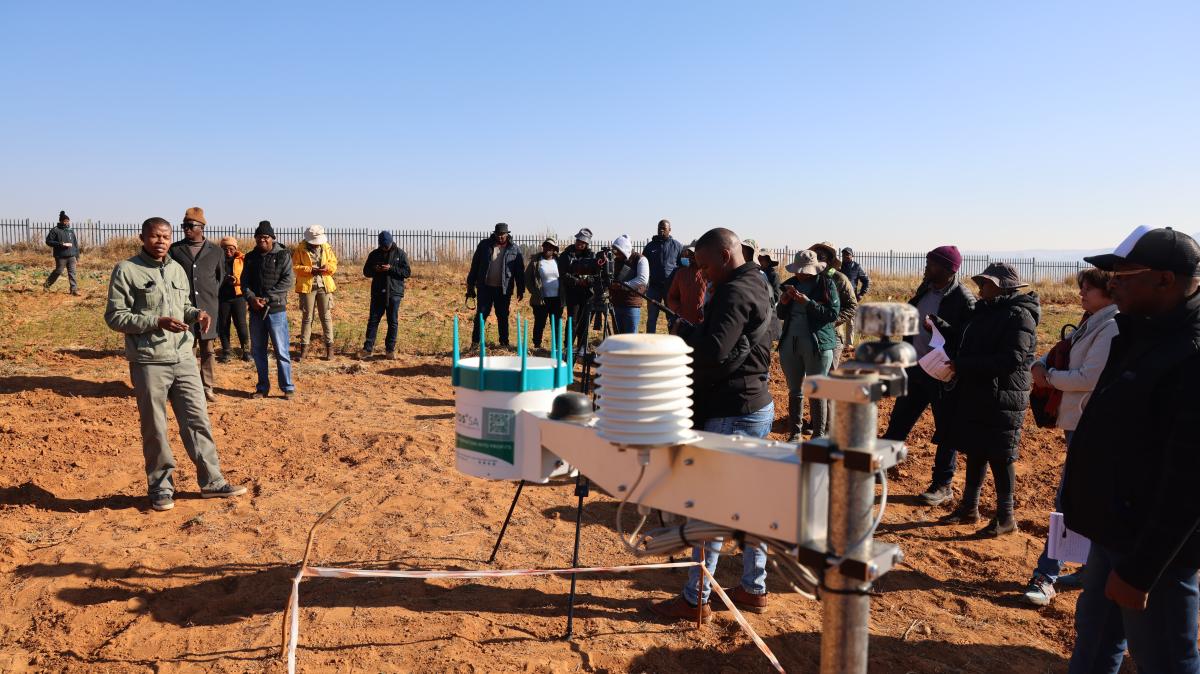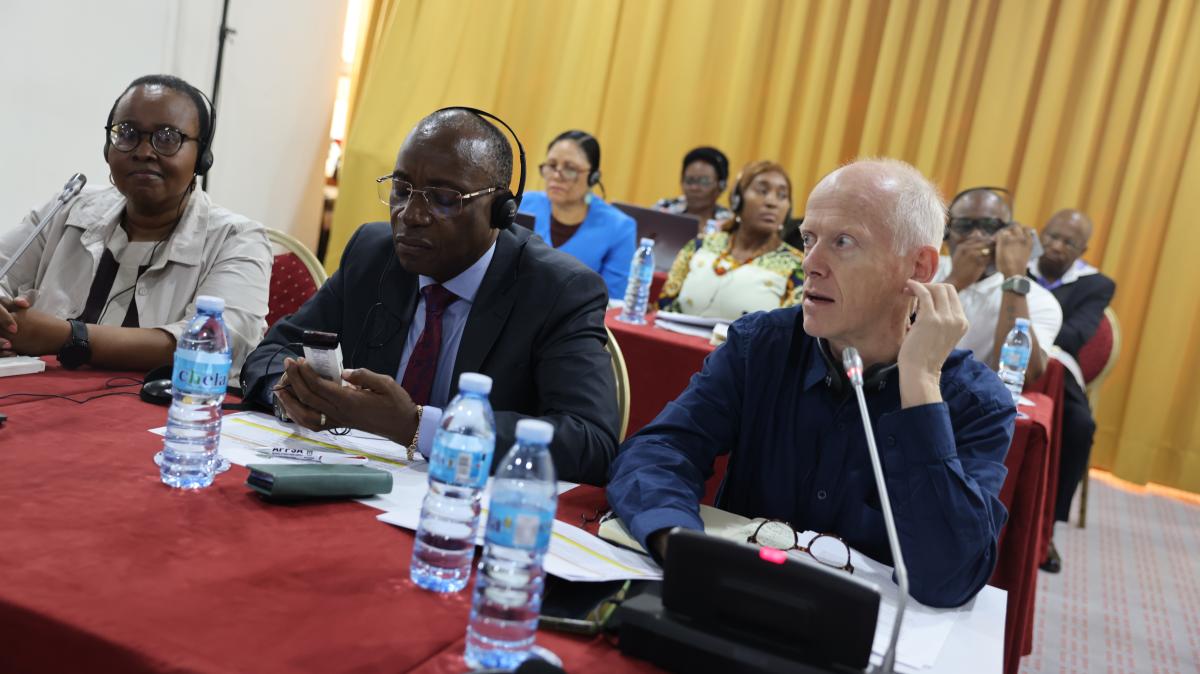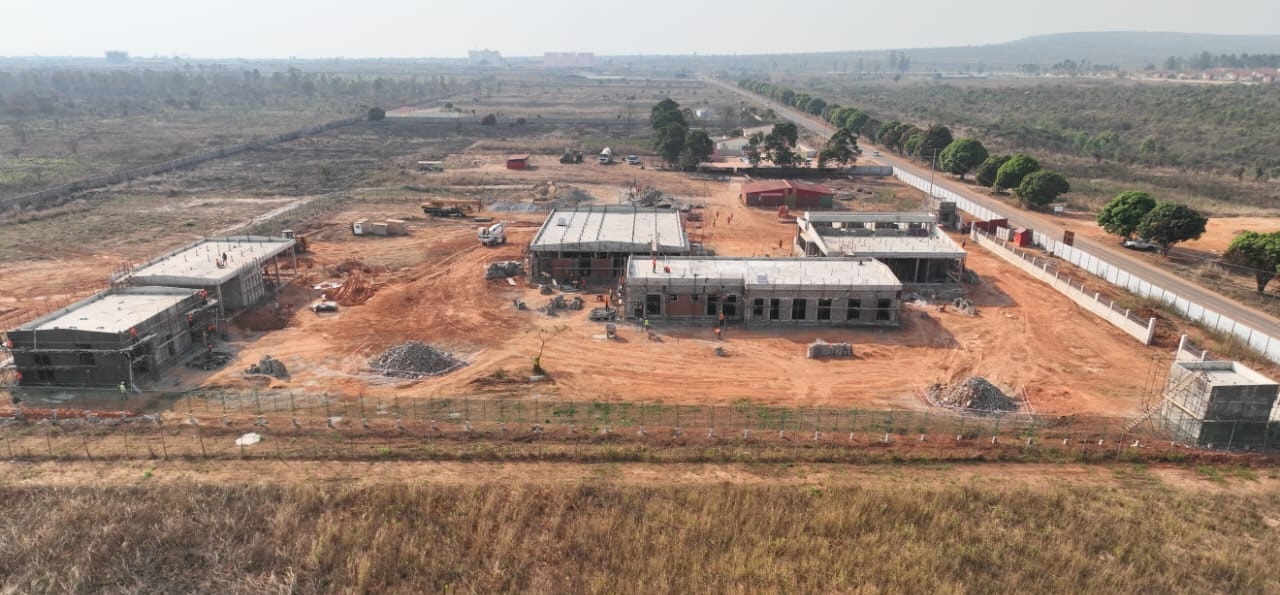Africa’s Indigenous Crops
This document is a compilation of 20 African Indegenous crops which are underutilised. It describes the crops, where they grow, how they grow and their uses. Examples include finger millet, baobab, enset and egusi. It is a result of a study which was done by Worldwatch Institute.
Worldwatch Institute

 English
English Français
Français Português
Português Kiswahili
Kiswahili









